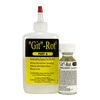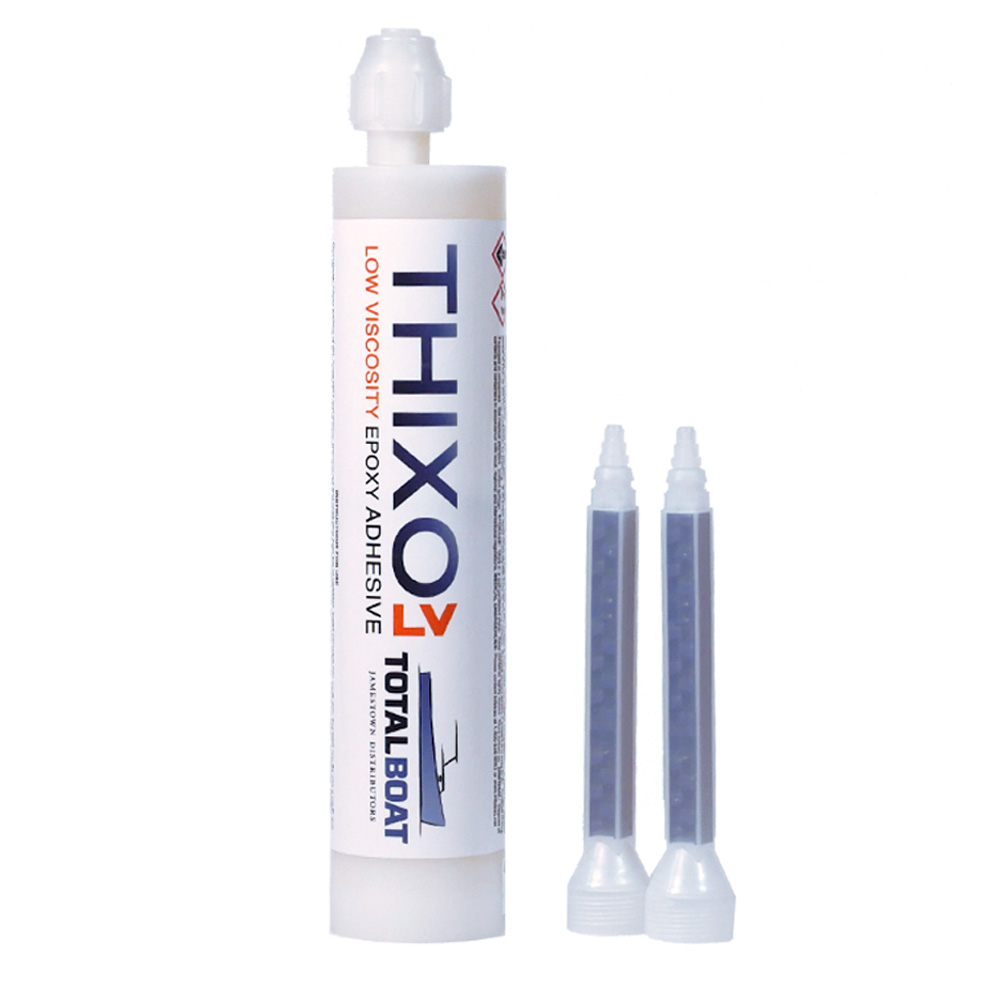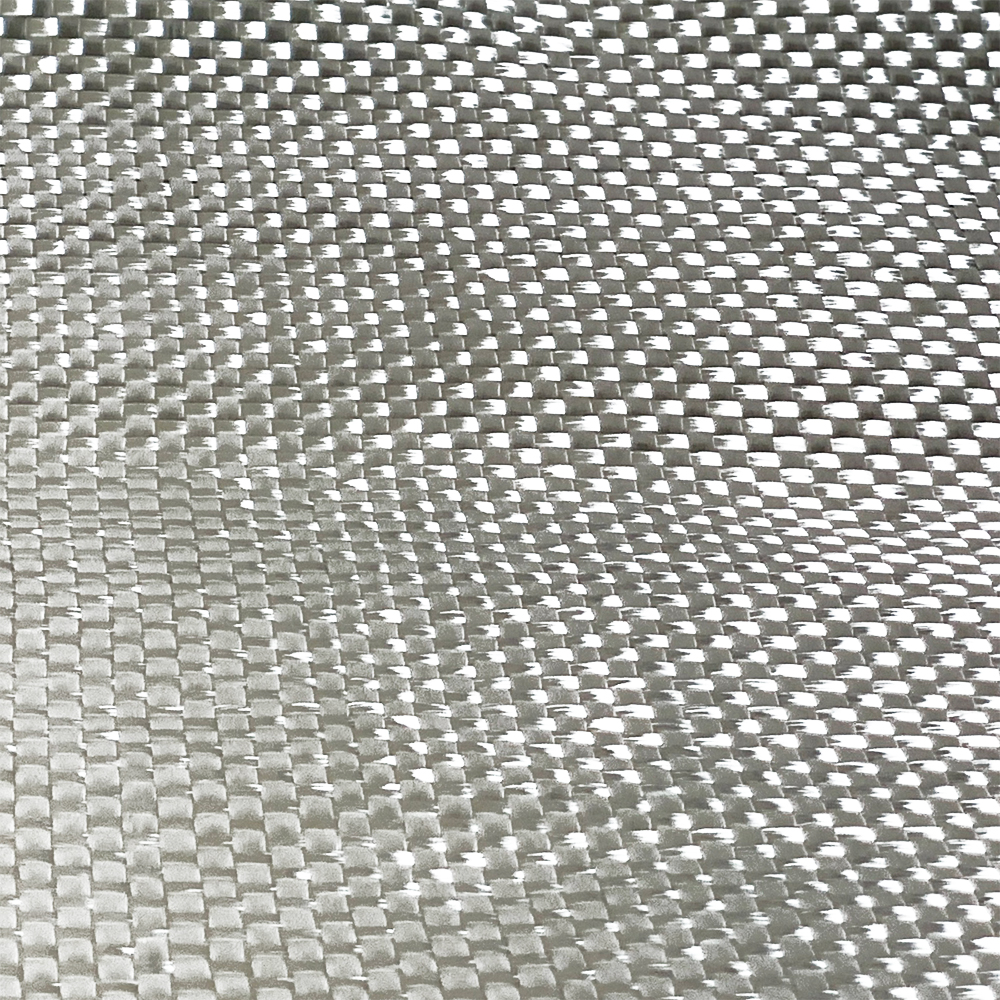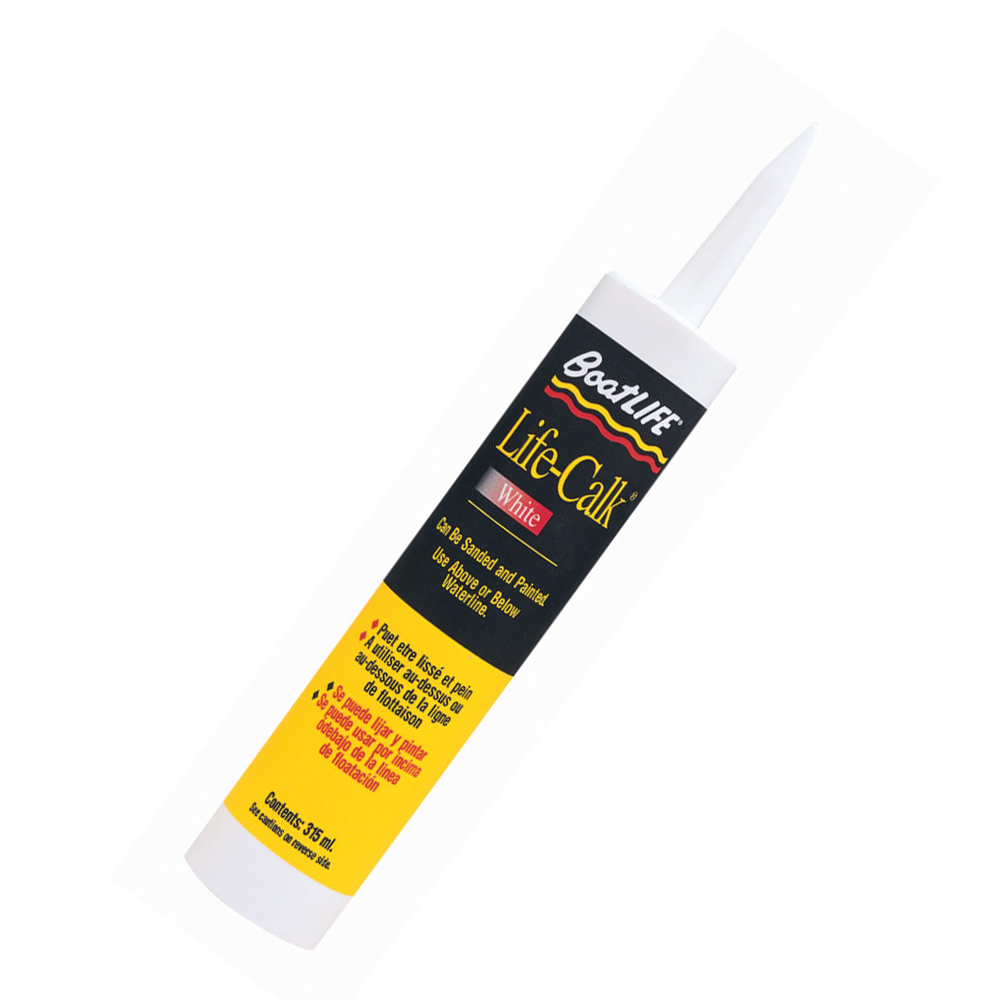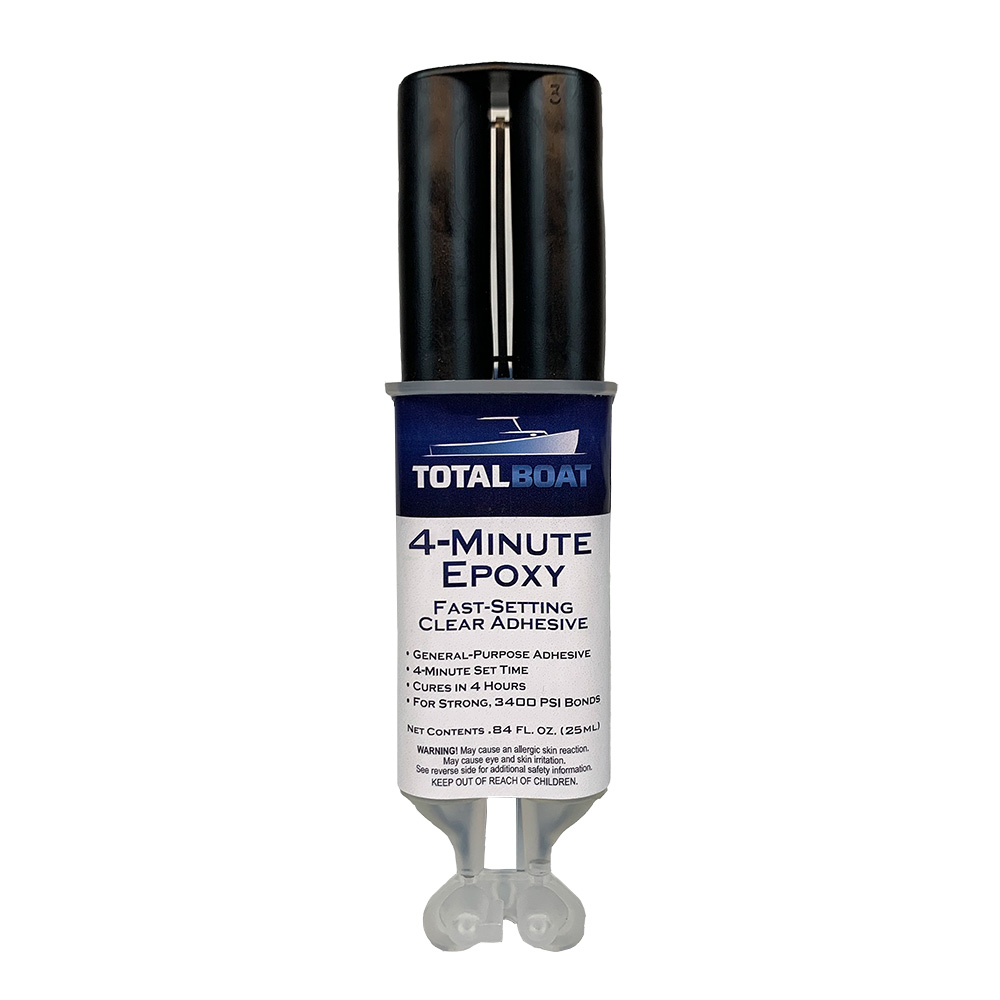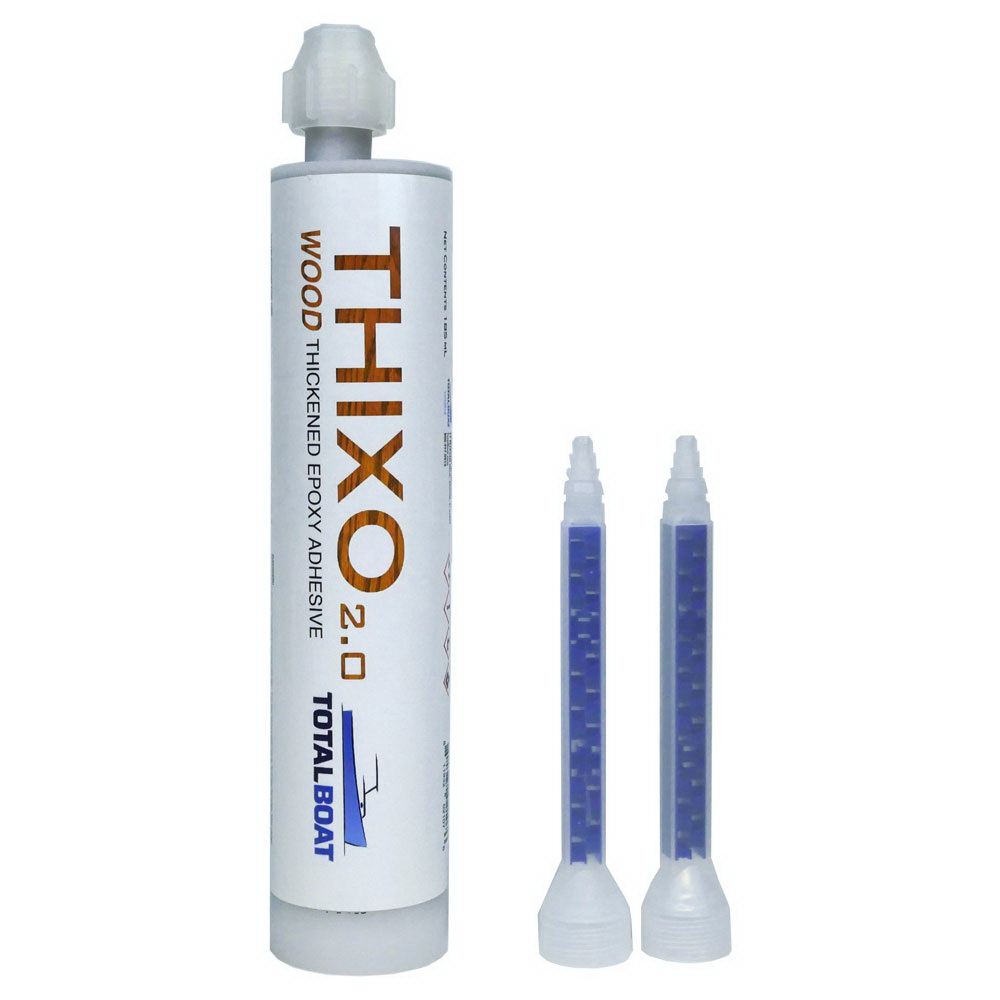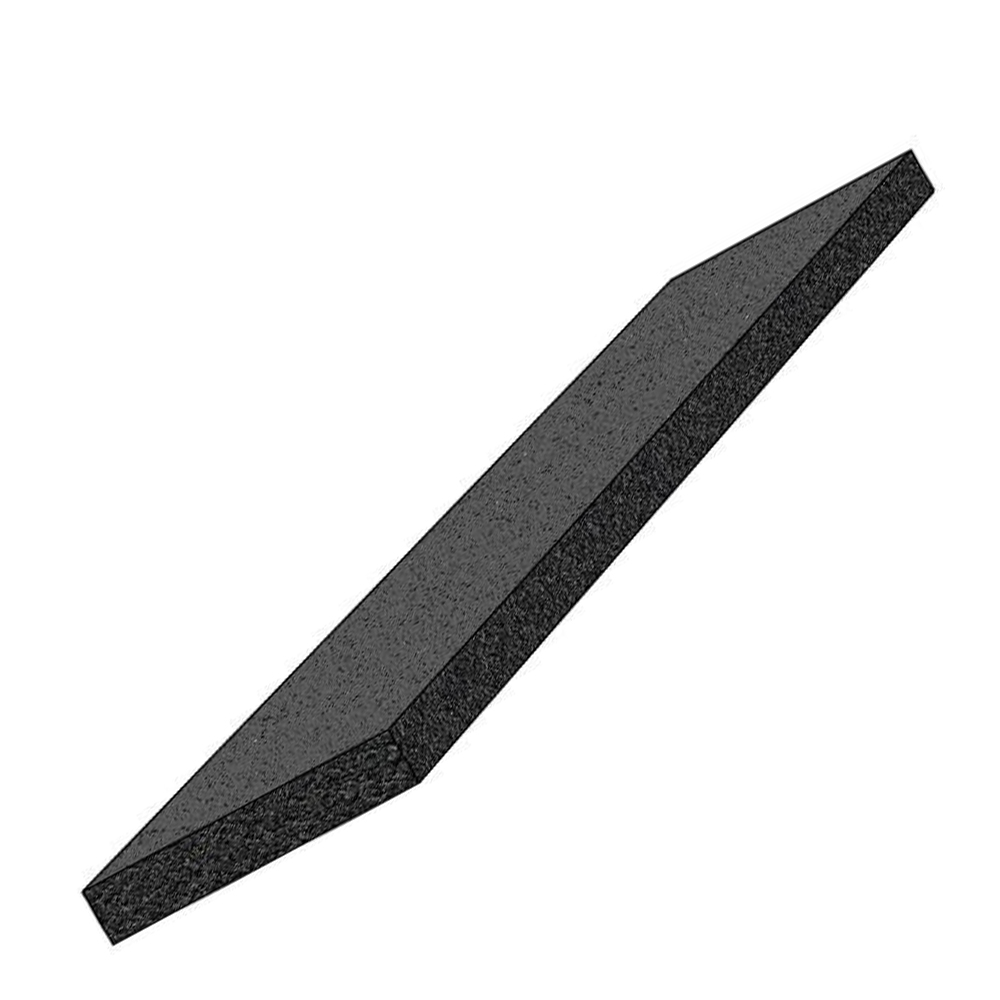BoatLIFE GIT-Rot penetrates rotted wood and restores it to its original strength. Pour or inject this unique 2 part liquid epoxy into rotten wood fibers. It saturates fibers via capillary action and cures overnight.
Git Rot cures into a resilient adhesive that arrests dry rot by bonding wood membranes together. The result is stronger than when the wood was new. Once cured, it can be sanded, painted, drilled, and fastened. Boatlife formulated it for compatibility with fiberglass resins, epoxy, and most sealants.
Intended for use on dried out, rotted, and weather wood, Git Rot is ideal for repairing stringers, roof rot, and transoms on both fiberglass and wood boats. Non-marine applications include window sashes, gutters, and other exterior repairs.
- How to use Git Rot
HOW TO LOCATE DRY ROT Tap questionable areas with a hard instrument and listen for hollow sounding dead spots. Probe suspect areas with an ice pick or sharp knife. Check areas where fresh water is likely to accumulate. Particularly check the following: Spar checks, hatches, deck seams, transom, companion slides, checks in planking, toe rails, exposed end grain, stem, ribs, and stringers.
AMOUNT REQUIRED For complete saturation and ultimate strength, in average type rot, it will require a volume of Git Rot approximately equal to half the volume of the rotted wood.
TIME AND TEMPERATURE The optimum temperature for applying Git Rot is between 50 and 70F (10 and 21 C). Only mix small batches (no more than 4 oz.) since the larger the quantity the greater the reaction and the faster the cure. After adding 1 part "B" to 3 parts of "A", shake vigorously for at least one (1) full minute (TIP: use a watch while shaking the bottle.) Once the two parts have been thoroughly mixed, a thermal reaction will begin to occur. Penetration is best immediately after mixing. When working in temperatures over 70 F (21 C), chill Git Rot overnight. At 70 F, properly applied Git Rot solidifies into a tough resilient mass overnight. Allow one week for ultimate strength. Cold temperatures will slow the cure. When painting, check compatibility with paints.
PROVIDE RESERVOIRS The mechanics of the actual treatment will vary for each case depending upon location and construction. Where rot is deep into a large member it is advisable to drill a staggered series of overlapping holes approximately 1/4" in diameter, 2" apart, slanting downwards. This will expose the necessary end grain and provide reservoirs for the penetration as shown here. In areas where sections of rot contain extensive holes where wood fibers are actually missing, it is recommended to mix sawdust with Git Rot and use it as a fill material. In areas such as transoms, stringers, and balsa core decking, drilling thru the fiberglass surface may be necessary. For transom repairs, you may drill vertically down through the transom, and then pour in Git Rot. For decking, drill thru the surface to treat the wood underneath. Holes left by drilling may be filled with a mixture of dry saw dust and Git Rot or a marine repair epoxy compound.
PENETRATION Capillary action is the principal on which Git Rot works. Therefore, the most expedient way to apply the Git Rot is into the end grain of the wood wherever possible. To avoid trapping air in the middle of the rot always start at one end or on one surface and work progressively along. A considerable amount of patience is required during the actual penetration until complete saturation is achieved. This is determined when the reservoir holes fill and remain filled and the surface remains shiny.
DAMPNESS Git Rot will eventually cure in damp wood. However, Git Rot will not displace water. So wet wood cannot be fully saturated. Any reduction in the amount of Git Rot simply reduces ultimate strength. Dry the affected area as much as possible. Soaking with acetone will assist drying; however, be cautious of fire hazard. CAUTION: Reaction between part A and B will produce heat. Do not use in high temperatures. Avoid all external additional heat sources.
Recommended Products
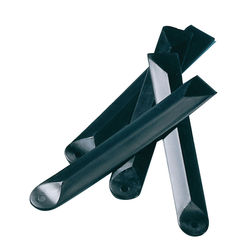

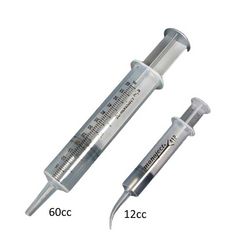
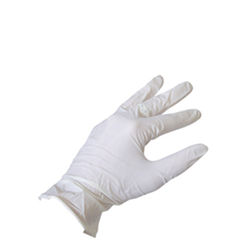
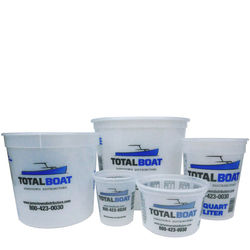
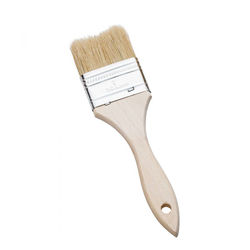


Reviews for BoatLIFE GIT-Rot
I had several soft spots in the aft deck of my sedan trawler. Not wanting to drill holes in the fiberglass deck, I opted to crawl down in the Lazarette, drill multiple holes, 1 inch apart from underneath in and around the soft spots and with a syringe, I injected a generous portion of the Git Rot mixture into the plywood flooring in each hole. I followed immediately with blocking the holes with duct tape when each one was done. 24 hours later, the deck was solid as a rock. No more soft spots. But, be careful and protect yourself with long gloves, goggles and long sleeve shirt. The stuff gets really Hot and in my case, laying on my back underneath the area being treated, it was dripping out of the holes till I blocked them, and I used a tarp to cover myself so as not to get burned. Bottom line it was well worth it.
Was this review helpful to you?
Verified Purchase
I have used this product for years in the repair and restoration of wood-framed antique automobile bodies. Best product I have found to tighten loose joints, worn door hinge mountings, and general deterioration of wood resulting from age, wear, road vibration damage.
Was this review helpful to you?
Verified Purchase
Easy to use and mix. Knowing the mixture is thin makes it easier to apply but you must prepare for the quick flow. Great penetration into the rotten wood area as well as the good wood area.Have used it in the past with great success and it continues to impress me. Remember it is slow curing so be patient before applying second coating or sealing up the repaired area.
Was this review helpful to you?
Verified Purchase
Product as remembered, but delivered without cap for mixing/squeeze bottle. Inconvenient but not insurmountable.
Was this review helpful to you?
Verified Purchase
👍
Was this review helpful to you?
Verified Purchase
Although away from the waterfront now, I still find it as useful and dependable as ever.
Was this review helpful to you?
The price seems to be too high for the quantity of product. Set time was too long. I used the product in the amounts indicated and at temperatures in the 60's. It took days for the product to set.
Was this review helpful to you?
Verified Purchase
Easy to use
Was this review helpful to you?
Verified Purchase
Repair porch
Was this review helpful to you?
Verified Purchase
I used Git-Rot to repair a 150yr old wooden cross. I was able to repair large dry rot problems and still keep the cross in uses.
Was this review helpful to you?
